If anyone has ever set foot in the remote villages of Nghe An, they can easily recognize the unique features of the Mong people's houses on the top of the high mountains. The houses are as dark brown as the fate of people exposed to the sun and rain; containing the bitterness of the land reclamation, the establishment of villages, the establishment of Muongs... to create the origin and identity of an ethnic group. Dong Van is a district in the northernmost part of Ha Giang province, located in the famous Dong Van rocky geological plateau of our country. Coming to this land, in addition to admiring the endless mountain and forest scenery, visitors also have the opportunity to learn about the daily life of local people at Dong Van market - a market imbued with the cultural identity of the highlands. On the afternoon of February 12, in Hanoi, during the 9th Extraordinary Session of the 15th National Assembly, the National Assembly listened to the Presentation and Verification Report on the draft Resolution of the National Assembly regulating the handling of a number of issues related to the arrangement of the state apparatus. Plum blossoms as white as snowflakes have become an attractive "tourism brand" of Moc Chau (Son La province) for visitors from all over. During these days, when coming here, visitors can freely immerse themselves in plum gardens filled with white and capture beautiful moments of spring. Spring comes, Lo Lo Chai village seems to wake up with brilliant colors. Spring sunshine dispels the cold winter days. Peach blossoms, pear blossoms, cherry blossoms... compete to show off their colors next to the roofs of rammed earth houses, looming behind stone fences... The scenery seems to blend with the sky and earth, captivating many tourists. Along with the Military Camp Festival, sending off young men to join the army; many localities in Binh Duong province have new, practical ways to improve the quality of military recruitment, strengthen the military-civilian relationship and effectively implement the military rear policy. Anyone who has ever set foot in the border villages of Nghe An will easily recognize the unique features of the Mong people's houses on the high mountain tops. Those houses are dark brown like the fate of people exposed to the sun and rain; containing the bitterness of the land reclamation, the establishment of villages, the establishment of Muong... to create the origin and identity of an ethnic group. At the beginning of the new year, coffee flowers on the Gia Lai plateau in particular and the Central Highlands in general gently bloom, turning the hills and fields white. The whole land and sky of the plateau are covered with a pure white coat, with a passionate fragrance. Coffee flower season in Gia Lai has become a tourist highlight that makes anyone who has ever visited feel nostalgic and nostalgic. General news of the Ethnic and Development Newspaper. The morning news of February 12, 2025, has the following notable information: Chieng Co - Plum blossom season. The beauty of the early spring festival. "Forest people" on the top of Phia Chang. Along with other current news in ethnic minority and mountainous areas. According to the Department of Tourism of Ho Chi Minh City, from February 9 to 12, Ho Chi Minh City organized to welcome a group of 200 MICE (conference combined with tourism) tourists from Cryptriva Group (India) led by Mr. Pattiyil Aneesh, Director of Cryptriva South India branch. This is the opening group for MICE tourism in 2025. On the morning of February 12, 2025, in Ho Chi Minh City. Ha Tien, Kien Giang province, the Organizing Committee of the Festival celebrating the 289th anniversary of the founding of Tao Dan Chieu Anh Cac (1736 - 2025) released fish to regenerate aquatic resources on Dong Ho lagoon, aiming to mobilize all people inside and outside the city to join hands to preserve and develop aquatic resources and protect the ecological environment. The People's Committee of Loc Binh district (Lang Son) organized the opening ceremony of Dinh Chua Festival 2025 in Tu Doan commune, Loc Binh district, Lang Son province. This is the festival selected as the festival of Loc Binh district. On February 12, 2025, in Hanoi, the People's Committee of Dak Lak province held a press conference for the 9th Buon Ma Thuot Coffee Festival in 2025, with the theme "Buon Ma Thuot - Destination of world coffee". The Ministry of Industry and Trade is soliciting comments on the draft Circular detailing a number of articles of the new decree on petroleum trading.
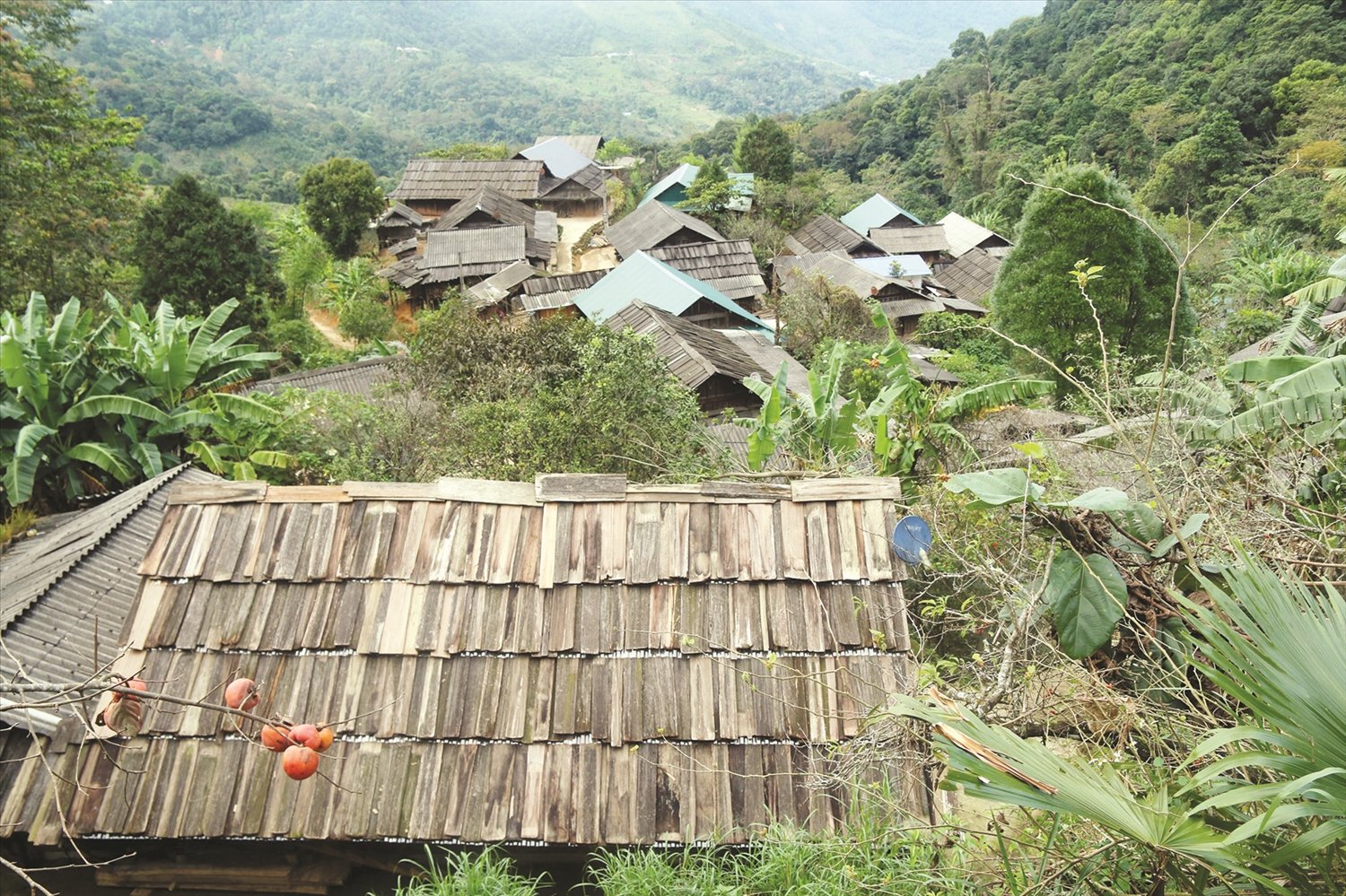
Deep in a long poem…
I don't remember exactly where I heard it, but there is a saying that goes something like this: wherever there are Mong people, there are houses roofed with sa mu and po mu wood.
And it was true. We encountered those houses roofed with dark brown sa mu and po mu wood on the far-flung border roads of Nghe An. From Tay Son through Na Ngoi, Huoi Tu, Muong Long… in Ky Son district; to Tri Le, Hanh Dich in Que Phong district; then from Nhon Mai, Mai Son to Luu Kien, Tam Hop in Tuong Duong district… we could see the roofs of sa mu and po mu wood stained with the sun and wind of the border region.
According to Mr. Va Ba De in Pa Khom village, Tri Le commune (Que Phong district), in the past, Mong people used palm leaves to roof their houses, but their lifespan was very short. After knowing that sa mu and po mu wood are very good materials, they started using this type. Mr. De affirmed: My house has been roofed with sa mu wood for more than 30 years, and it is still good. It is very cool in the summer and very warm in the winter.
In the southwestern part of Nghe An province – where the Mong people live in large numbers, the presence of sa mu and po mu roofs is more dense. In the silvery color of mist and smoke… the dark brown sa mu and po mu roofs blend together, creating a sense of peace and strange attraction.
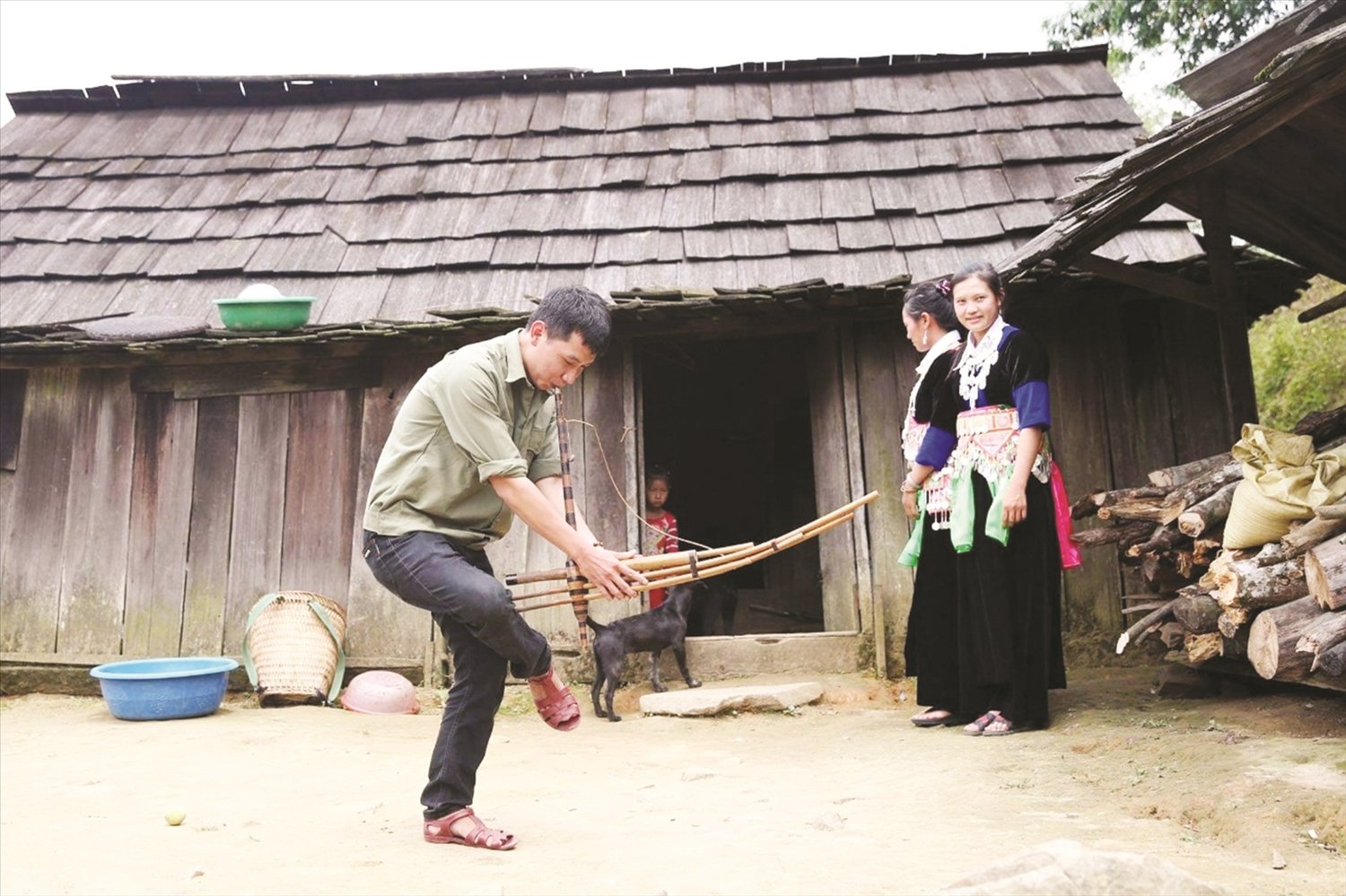
The history of the ethnic group’s formation, along with the development of the land, is the history of the sa mu and po mu houses that have been preserved over time. That is why Vu Lau Phong, an old farmer in the mountainous region of Huoi Giang 1 village, Tay Son commune (Ky Son district) was very proud: Many roofs in Tay Son are hundreds of years old, becoming a characteristic of the village. That house style is the cultural identity of the Mong ethnic group.
The sa mu and po mu roofs that exist in the villages in the border region of Nghe An are dozens to hundreds of years old – faded and dark brown like the hard-working life of the people of Nghe An; rustic like the mountain soil and forest trees…
Under the Mong roof in the Western region of Nghe An, there were people who “sacrificed themselves” for a great cause; continuing the heroic and indomitable tradition of the days of building villages and establishing Muongs. That was the People’s Armed Forces Hero Vu Chong Pao in Na Ngoi commune – who, together with cadres from the lowlands, went up to build a militia and self-defense force to protect the border in the early days of the uprising. After that, Mr. Pao’s footsteps were imprinted throughout the Ky Son villages to propagate people to destroy the poppy, not follow the bandits… and return to their villages to make a living. There was the heroic martyr Va Ba Giai in Muong Long commune – who sacrificed his youth while on a reconnaissance patrol mission in the area managed by Tam Hop Border Post, was shot back by a bandit group trying to infiltrate the border and sacrificed…
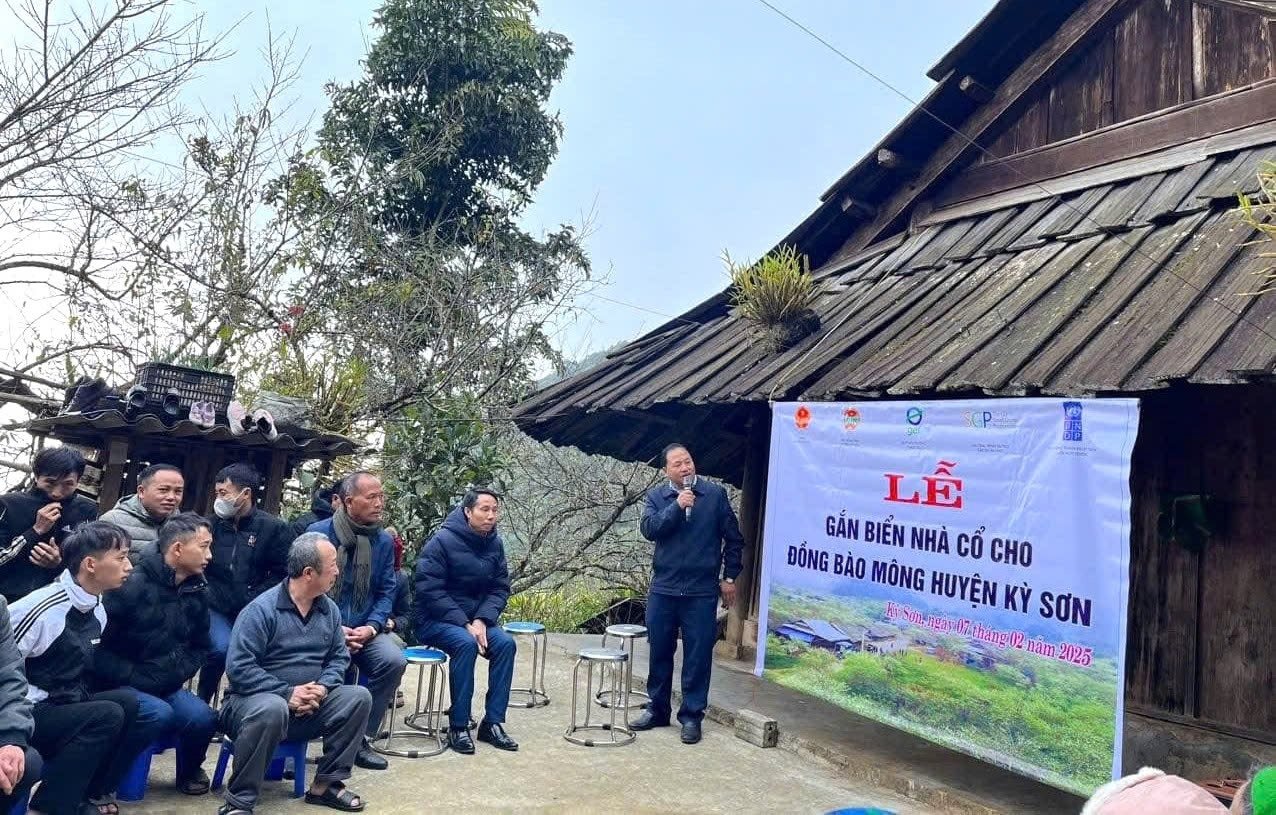
Where do the old roofs go?
One of the unique features of the Hmong people in Nghe An, starting from the ancient and quiet sa mu and po mu houses. But that identity is becoming increasingly scarce. Modern life, along with the harshness of time… is causing many Hmong houses to be damaged. Many houses are being dismantled, and the wood is stacked in a corner; the Hmong people work diligently without making any noise, as if burying their memories in a distant land.
In Nghe An, the Mong people mainly live in the three districts of Tuong Duong, Ky Son, and Que Phong. Of these three districts, Ky Son has the largest population, with 25,932 people, in 73 villages/12 communes. Unfortunately, only 23 villages/6 communes still preserve hundreds of ancient houses made from sa mu and po mu wood, hundreds of years old.
Mr. Vu Chong Di, Huoi Giang 2 village, Tay Son commune (Ky Son district) was full of regret when he lived with his children and grandchildren for many years in a cozy sa mu roofed house that was passed down from his ancestors; but now it is no longer there. Mr. Di mused: The sa mu roof has changed, I feel like I have lost something very sacred. But thinking back, my children were right, wood cannot be exploited anymore, and an old roof will sooner or later be damaged and leaky.
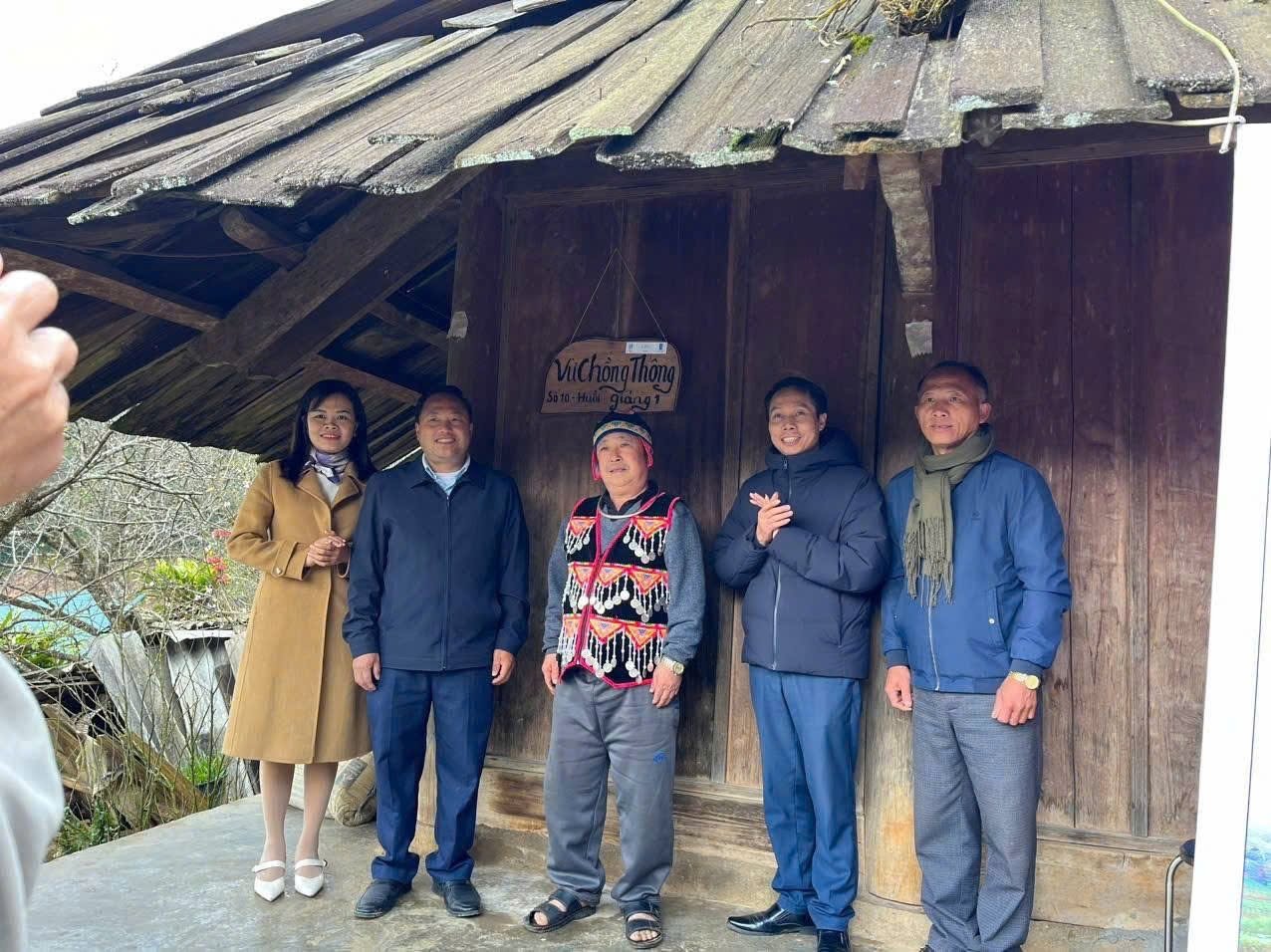
The worries of our ancestors are also the concerns of our descendants in preserving and conserving. But how to preserve them is still a matter of concern. Recently, when mentioning this issue, Chairman of the People's Committee of Ky Son district Nguyen Viet Hung confided that the district is very interested, because this is not only a national cultural identity but also a direction for developing eco-tourism and community tourism. Since the beginning of 2024, the district has sent a document to the Department of Science and Technology proposing a plan to restore and preserve the ancient houses of the Mong people in 23 villages in 6 communes in the area.
And today, the ancient sa mu and po mu roofs of the Mong people in Ky Son district have been marked with signs, not only marking the sovereignty of each house, but also emphasizing the need to protect and preserve them.
“On this occasion, the District People's Committee coordinated with the Global Environment Fund of the United Nations to attach signs to preserve and maintain ancient houses for 23 Mong people's houses in Tay Son commune. After that, it will continue to be widely deployed. The goal is to preserve, maintain and promote the unique cultural values of ethnic groups in Ky Son district to develop tourism in the area,” said Mr. Hung.
In the journey to preserve the sa mu and po mu houses of their people, the Mong people are gradually restoring lush po mu and sa mu forests throughout the Na Ngoi, Huoi Tu, Pha Danh, Muong Long areas...
It is not a way of “planting trees and waiting for the day to harvest wood”, but in the minds of the Mong people, the sa mu and po mu trees do not disappear, the living environment of the people is protected, and it seems that the old houses are still present somewhere in each village. Those are also very precious things.
Source: https://baodantoc.vn/duoi-nhung-mai-nha-xua-cu-cua-nguoi-mong-1739355656203.htm


![[Photo] Special flag-raising ceremony to celebrate the 135th birthday of President Ho Chi Minh](https://vphoto.vietnam.vn/thumb/1200x675/vietnam/resource/IMAGE/2025/5/19/1c5ec80249cc4ef3a5226e366e7e58f1)

![[Photo] Party and State leaders visit President Ho Chi Minh's Mausoleum](https://vphoto.vietnam.vn/thumb/1200x675/vietnam/resource/IMAGE/2025/5/19/d7e02f242af84752902b22a7208674ac)
![[Photo] Party and State leaders attend the special art program "You are Ho Chi Minh"](https://vphoto.vietnam.vn/thumb/1200x675/vietnam/resource/IMAGE/2025/5/18/6895913f94fd4c51aa4564ab14c3f250)
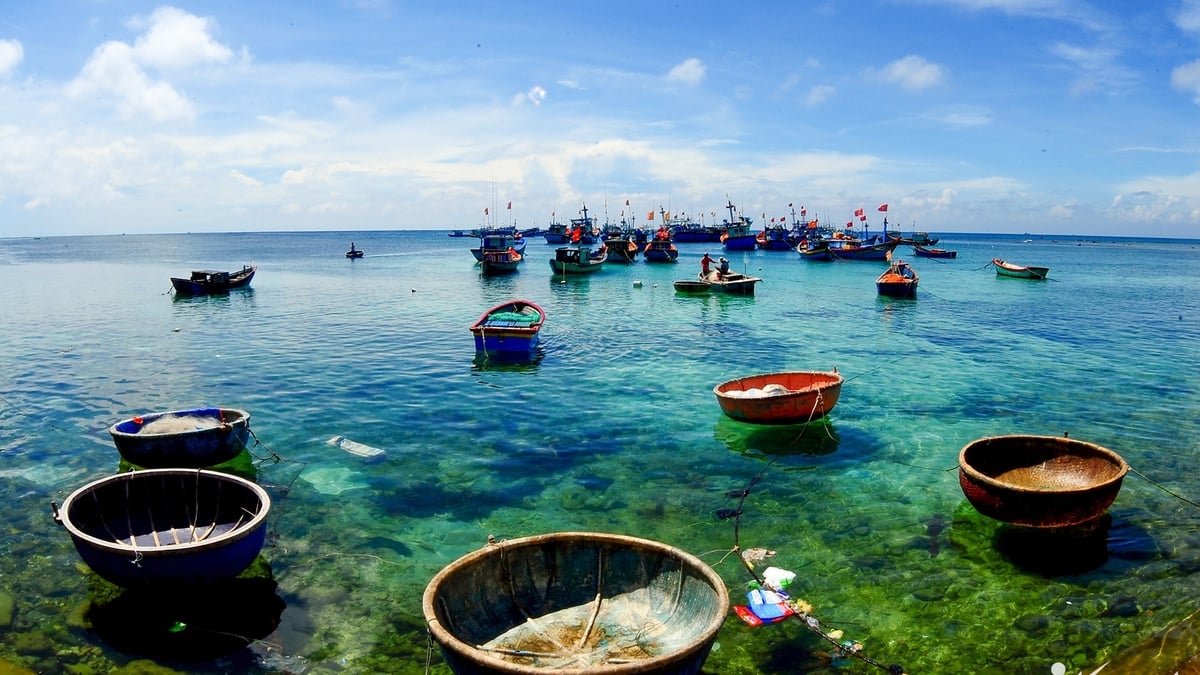
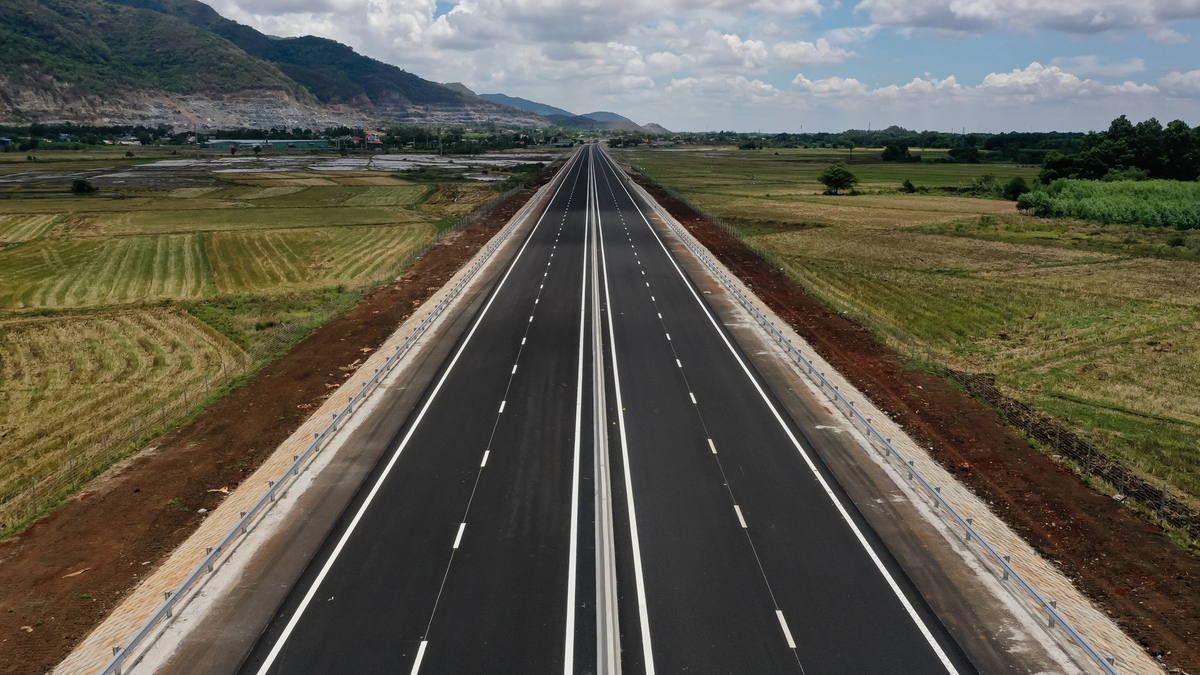
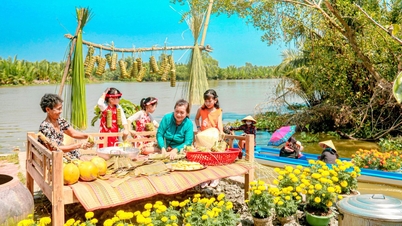





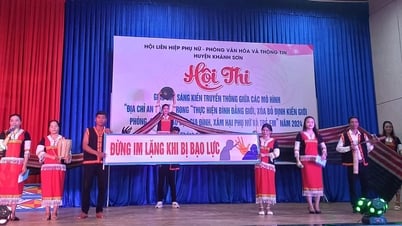




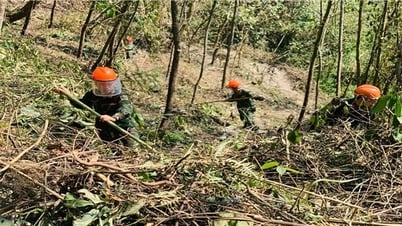
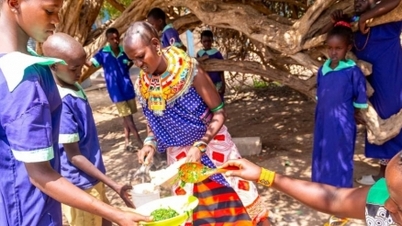






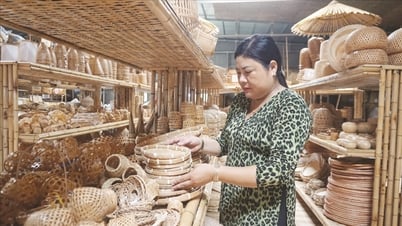
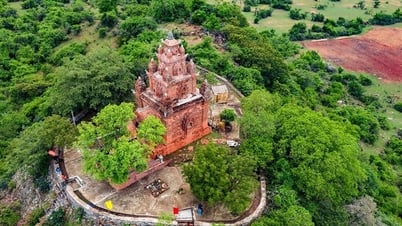

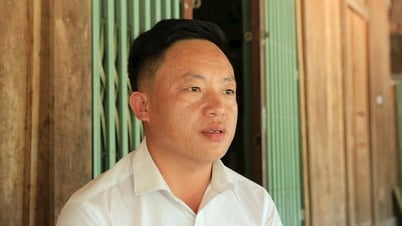


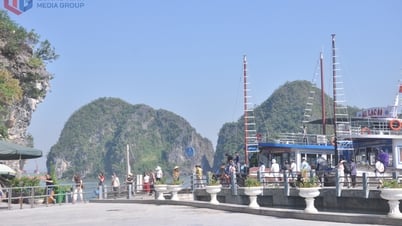



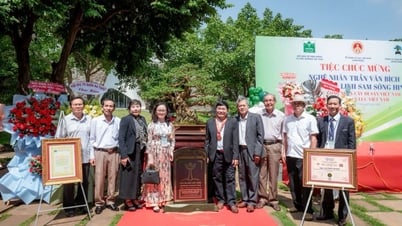








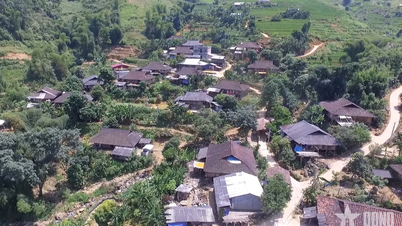

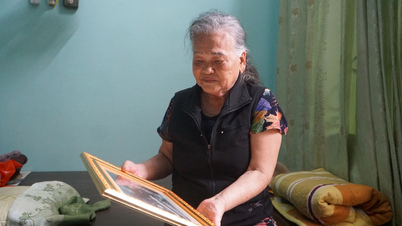







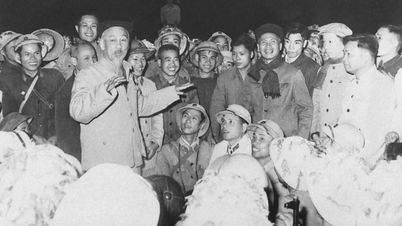




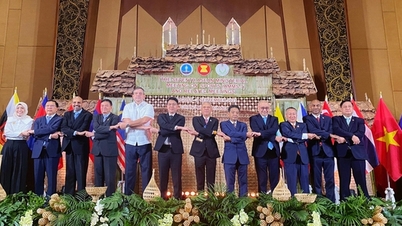






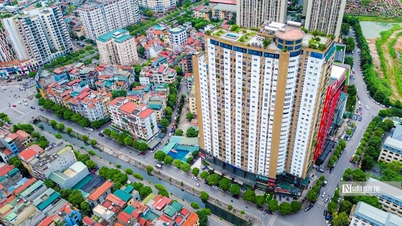

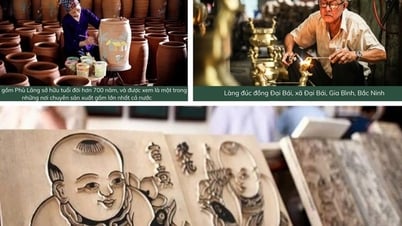



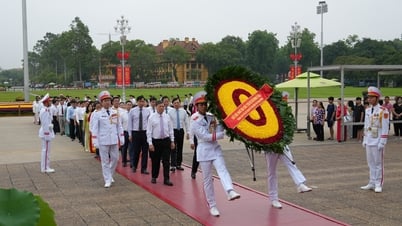








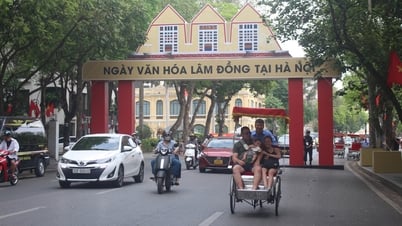







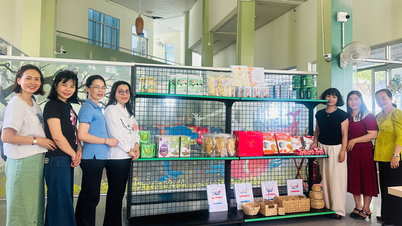



Comment (0)